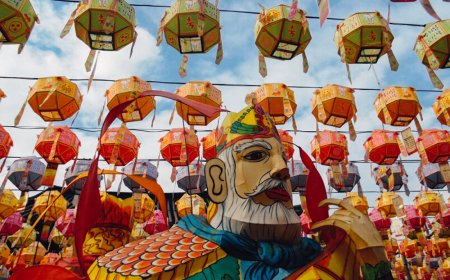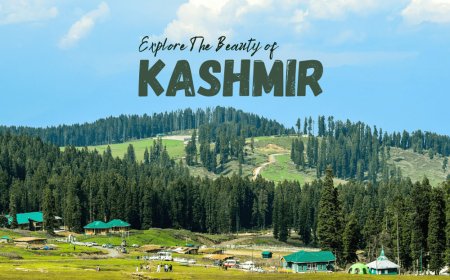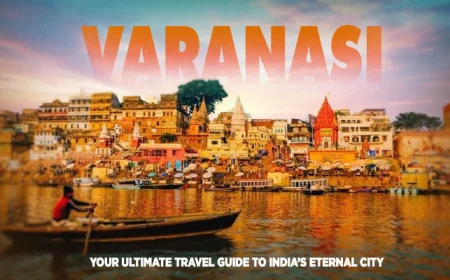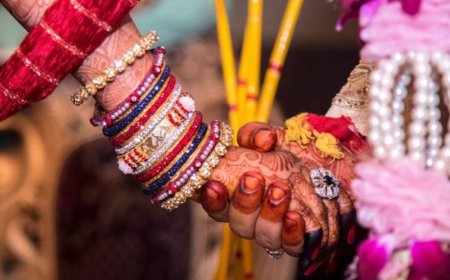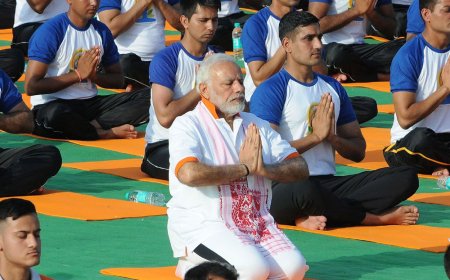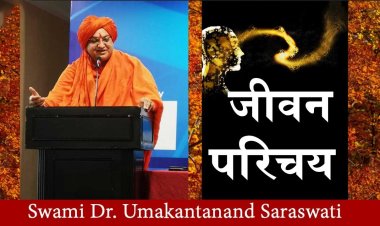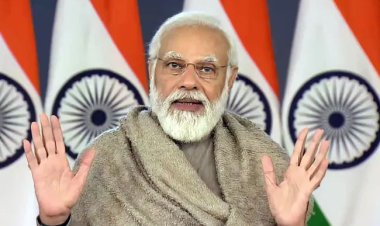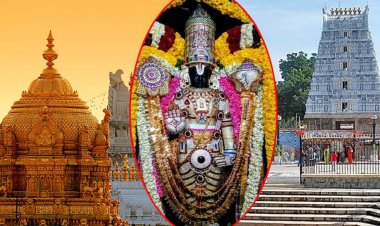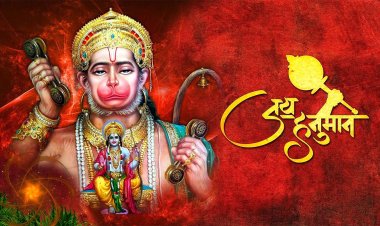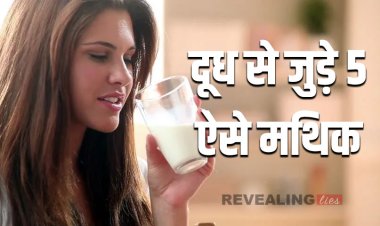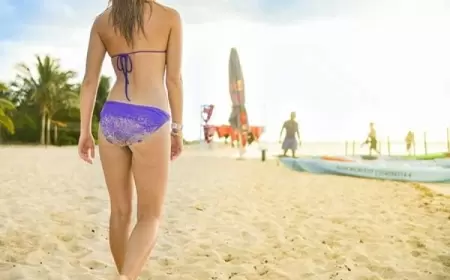10 Architectural Wonders Of Glorious India That Have Gone Unnoticed by The World!
In this piece, we have accomplished a list of the top 10 temples that were perceived as most appealing across the nation. They are ordered from north to south according to their geographical location. You must visit all of these temples if you admire art and architecture. If you feel that we skipped any of the major attractions, please comment below and we will put up a part two for you.

Temples abound throughout India. The practice of building temples has flourished in this nation from the beginning of time. The faith endured despite the passage of time, the rise and fall of empires, and the rule and death of emperors. The one notion that has persisted throughout history is that a temple should be ornamented with the most exquisite displays of art since it is a sacred space. Most of India's temples are filled with astounding architectural features. The job of choosing just 10 temples is very difficult. Determining which is more attractive than the other is much harder given that aesthetic value is subjective.
1. Temples of Mahabalipuram, Tamil Nadu
If stones were able to speak, the statues of Mahabalipuram could articulate the luxuries of our ancestors' past. A former port city off the Coromandel coast, Mahabalipuram is rich in legacy, history, and culture. Every sculpture in Mahabalipuram's collection draws a reference to the Pallava dynasty's glory in an evident way that evokes a yearning for distinctive possibilities. It is in Mahabalipuram that you will discover that certain histories are best documented in stones than in textbooks.
2. Konark Sun temple, Orissa
"Here the language of stone surpasses the language of human." - Rabindranath Tagore.
Konark is a magnificent sandstone structure that has been intricately carved to resemble a chariot. A sculptured building with 24 wheels gives the appearance of being dragged by 7 horses and is guarded by 2 lions. The wheels function as sundials that can precisely determine time because the engineering of those days was so perplexing.
3. Khajuraho, Madhya Pradesh
Before Khajuraho was found in 1838 by a young British officer, it had been hidden by a dense grove of green while engulfed by a growing forest. The Group Temples of Khajuraho, which have an inscription dating them to the Chandela era, sparked discussion owing to their unflinching, carnal, and sensual images. The temples are decorated with sacred images of Apsaras and gods on their walls. There are some hypotheses surrounding these unusual statues; some say that the images were sculpted to serve as educational tools, while others contend that they represent the courtship and marriage of Shiva and Parvati. Although just 10% of the sculptures in these temples are noted for being sexual, they are nevertheless quite popular. The main idea of the temple is based on the Tantric philosophy that the feminine carries energy while the male counterpart holds form and potential. The temples are a synthesis of Hinduism and Jainism.
4. Hampi, Karnataka
When you visit Hampi, you will relive the past, catch a glimpse of the once-mighty Vijayanagara kingdom, and see a ton of Hindu mythology depicted in meticulously carved statues. Even while detailed and sophisticated stone carvings are common in India, Hampi is particularly well-known for the melodic and acoustic stone pillars at Vithala Temple. crafting stones that vibrate like instruments must have required some amazing engineering!
5. Great Living Chola Temples, Tamil Nadu
The walls of the Great Living Chola Temples, which were constructed by the Chola dynasty during the 11th and 12th centuries, reflect a lovely and dramatic narrative from the records of the Chola reign. These temples served as significant trading points in addition to being centers of devotion. The air is filled with tales about priests, devadasis, and musicians. Several tales that allow us to see into the daily thoughts of the aristocracy and bourgeois are staged in the temples. It's captivating to note that the architectural style of Pallava served as inspiration for the granite sculptures.
6. Dilwara Temples, Mount Abu, Rajasthan
A collection of temples honoring Jain Tirthankars, known as the Dilwara temples, were constructed between the 11th and the 13th century by the emperors of the Solanki dynasty. The name comes from the fact that the temples are close to the Rajasthani hamlet of Dilwara. The temple complex is a popular tourist site since it is adjacent to Mount Abu, the only hill station in Rajasthan. These temples do not, like the majority of temples in India, feature elaborately carved outside walls or a lofty Shikhara or Gopuram. They have incredible sculptures throughout their interiors, all crafted out of white marble. Vimal Vasahi, the primary and most well-known temple, is devoted to Rishabhdev or Adinath. This entire temple complex is a remarkable work of Jain architecture.
7. Modhera Sun Temple, Mehsana, Gujarat
This magnificent temple, which is devoted to Suryadev, was completed in the tenth century under the rule of the Solanki monarch Bhimdev. This Maru-Gurjara temple is situated in the Mehsana region of Gujarat. It is split into the Kunda, Sabhamandapa, and Gudhamandapa portions. The enormous water tank known as Kunda has stairs in the shape of pyramids all around it, forming an exquisite geometric design. A gathering place called Sabhamandapa is located next to the Kunda. The 52 pillars in this room stand for the 52 weeks of the year. There are elaborate Toranas or arches between the pillars.
Several sculptures in this room tell tales from the Ramayan and the Mahabharata. The Gudhamandapa is not connected to the Sabhamandapa like other temples are. One exquisite Surya idol is supposed to have formerly resided in the Gudhmanpdapa. Even today, 12 aspects of Surya, signifying the 12 months of the year, may be seen in the sanctuary. A diamond put on the deity's head is claimed to have the power to illuminate the whole sanctuary on the day of the equinox when the sun shines directly into its head.
8. Kailash Temple, Ellora, Maharashtra
One of the most well-known historical sites in Maharashtra is Ellora Caves. The Kailash temple, also known as Cave 16, is the world's biggest monolithic edifice. One rock is used to chisel out the whole temple! This temple's precise ancestry is uncertain. It is said that various dynasties worked on its construction for over 500 years. The Rashtrakuta monarch Krishna I is credited with building the majority of the temple. This temple's architecture is influenced by the ancient Chola, Chalukya, and Pallava architectural styles that were popular in Deccan. At the temple's entrance is a sizable Gopuram, followed by a Nandi Mandapam. On either side of the temple are two stone elephants in a large enclosure. The temple is built on a large platform that has several sculptures of elephants covering its outside walls. Smaller temples for various gods are located alongside the Shivalinga in the sanctuary. The beautifully carved outside walls include scenes from the Ramayan and Mahabharat. This magnificent temple is a prime example of the pinnacle of architectural skill attained by the artisans of the time.
9. Hoysaleshwar Temple, Halebidu, Karnataka
This stunning Shiva temple is located in Halebidu, the old Hoysala empire's capital from the 12th century. The towering Shikharas that previously stood in the temple are no longer there. It is a temple dedicated to both Hoysaleshwar and Shantaleshwar, the former of whom symbolizes the masculine and the latter the feminine. The sculptures on the outside walls of these temples are their most fascinating feature. According to art historian Sadakshari Settar, the central section features enormous panels that "present the entire pantheon of Hindu deities and stand as the pantheon of Hindu iconography." These panels feature exquisite carvings of Ramayan, Mahabharat, and Bhagvat Puran stories. The soapstone used to construct the temple is malleable initially dug out, allowing for fine carving but hardening when exposed to air. This feature of soapstone has been brilliantly used by craftsmen. The embellishments on some sculptures are so intricately designed that even a very little needle may pass through them. Although the interiors of both temples are quite simple, the astounding symmetry of the pillars raises questions about the technology of that time, which was 800 years ago. This temple is a must-see for anybody with an interest in traditional Indian architecture.
10. Brihadisvara Temple, Thanjavur, Tamilnadu
Temples abound across Tamilnadu. The Brihadisvara temple in Thanjavur stands out among the many gorgeous temples in this area and depicts the story of the legendary Chola monarchs. In the year 1000 AD, Raja Raja Chola I constructed it. It is one of the biggest South Indian temples and a superb illustration of the Dravidian architectural style in its entirety. Its sanctuary is home to a huge Shivalinga and features a shikhara that soars to a height of 60 meters. Kumbam, the oblong building at the top, is made out of a single stone and weighs 80 tons! It is still unclear how such a massive stone was raised and put on top of the Shikhara.
In front of the mandapam is a 5 m tall monolithic Nandi. It's noteworthy that the granite quarry closest to where the temple was built is roughly 60 kilometers distant. The temple compound is guarded by a huge wall and contains sub-shrines. Following the Cholas, the main temple structure had some additions by the Nayakas and Marathas. This temple is undoubtedly a masterwork of Davidian design. Along with the Airavatesvara temple in Darasuram and the Brihadisvara temple in Gangaikondacholapuram, it is a part of the Chola World Heritage Site.
What's Your Reaction?
 Like
0
Like
0
 Dislike
0
Dislike
0
 Love
0
Love
0
 Funny
0
Funny
0
 Angry
0
Angry
0
 Sad
0
Sad
0
 Wow
0
Wow
0


















